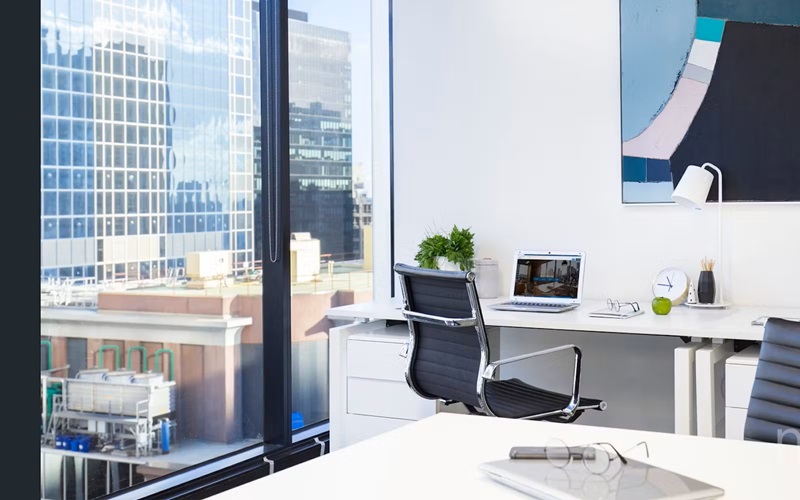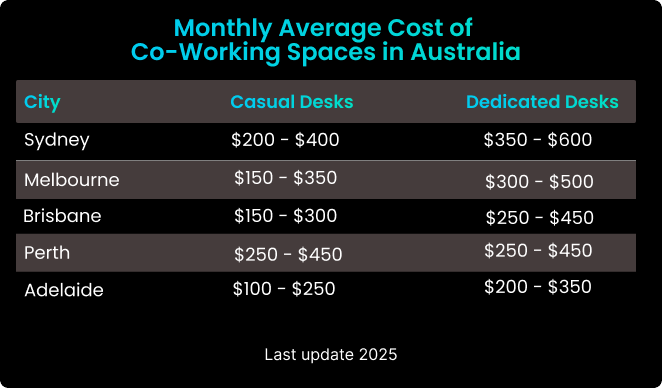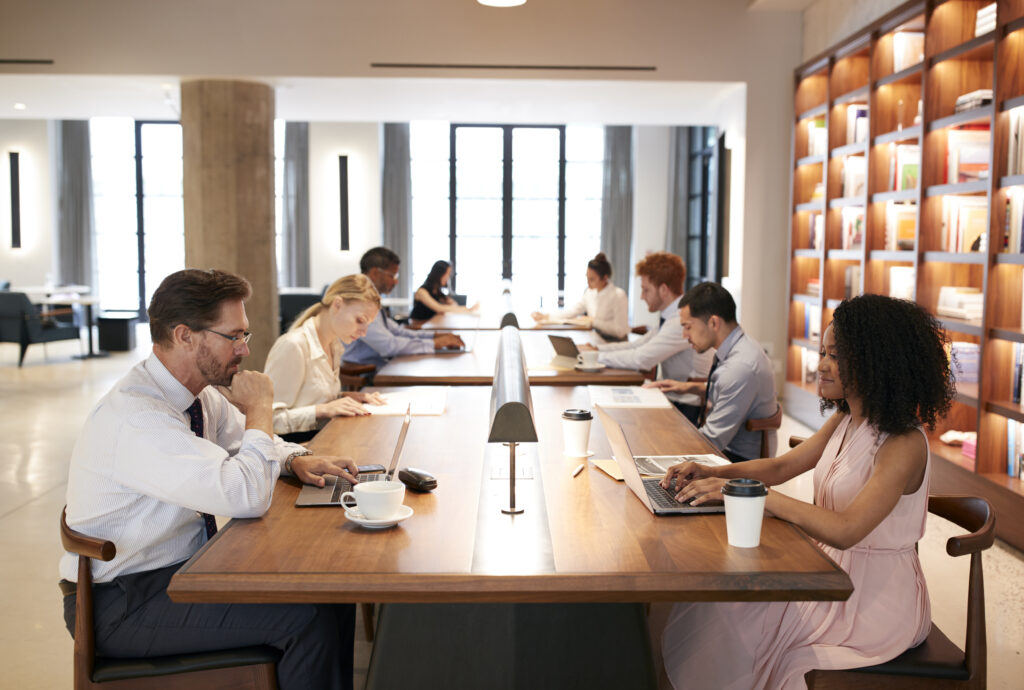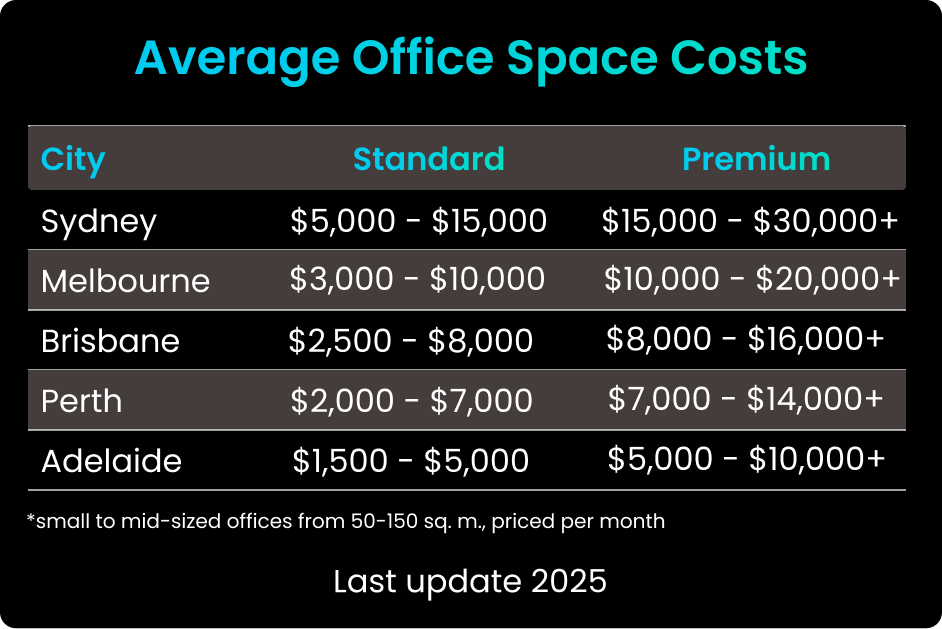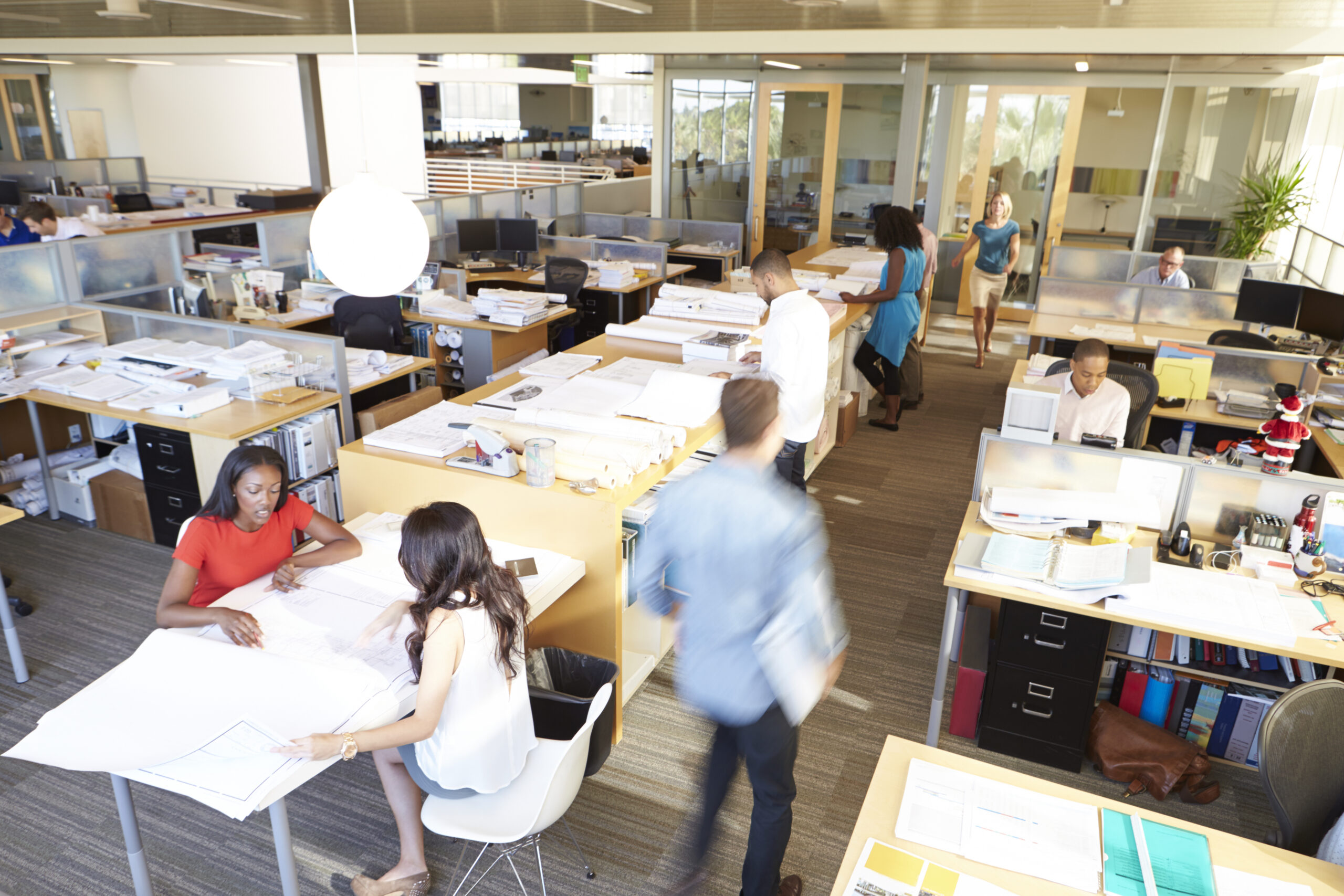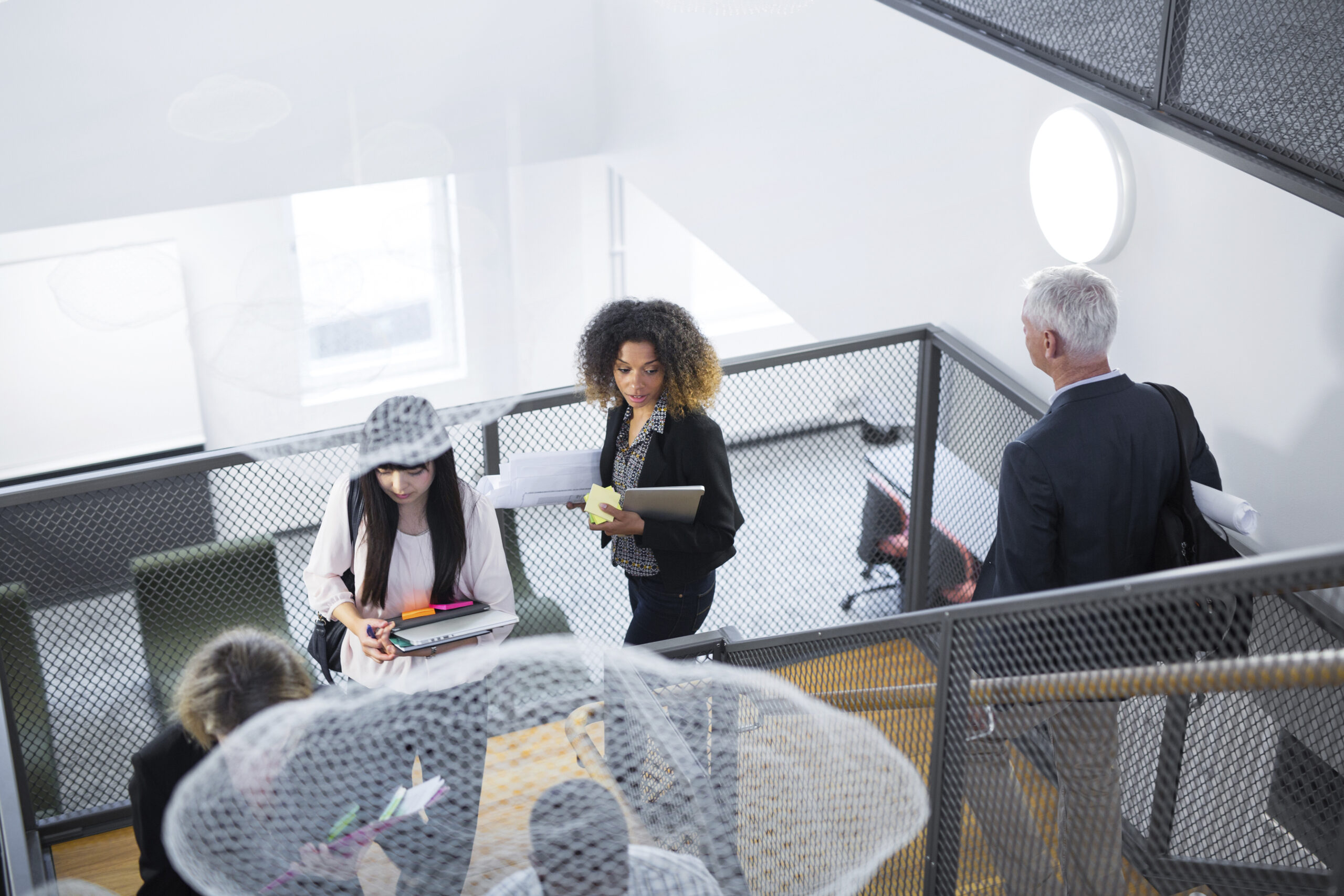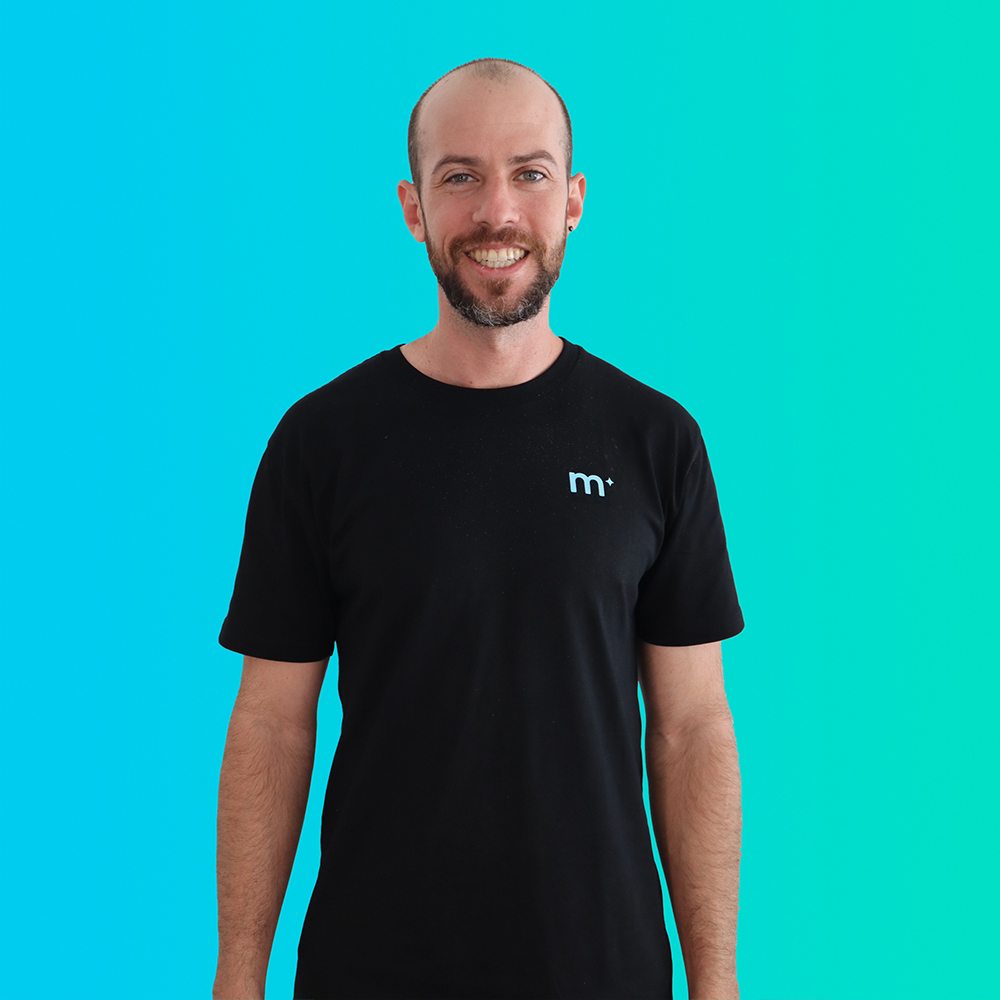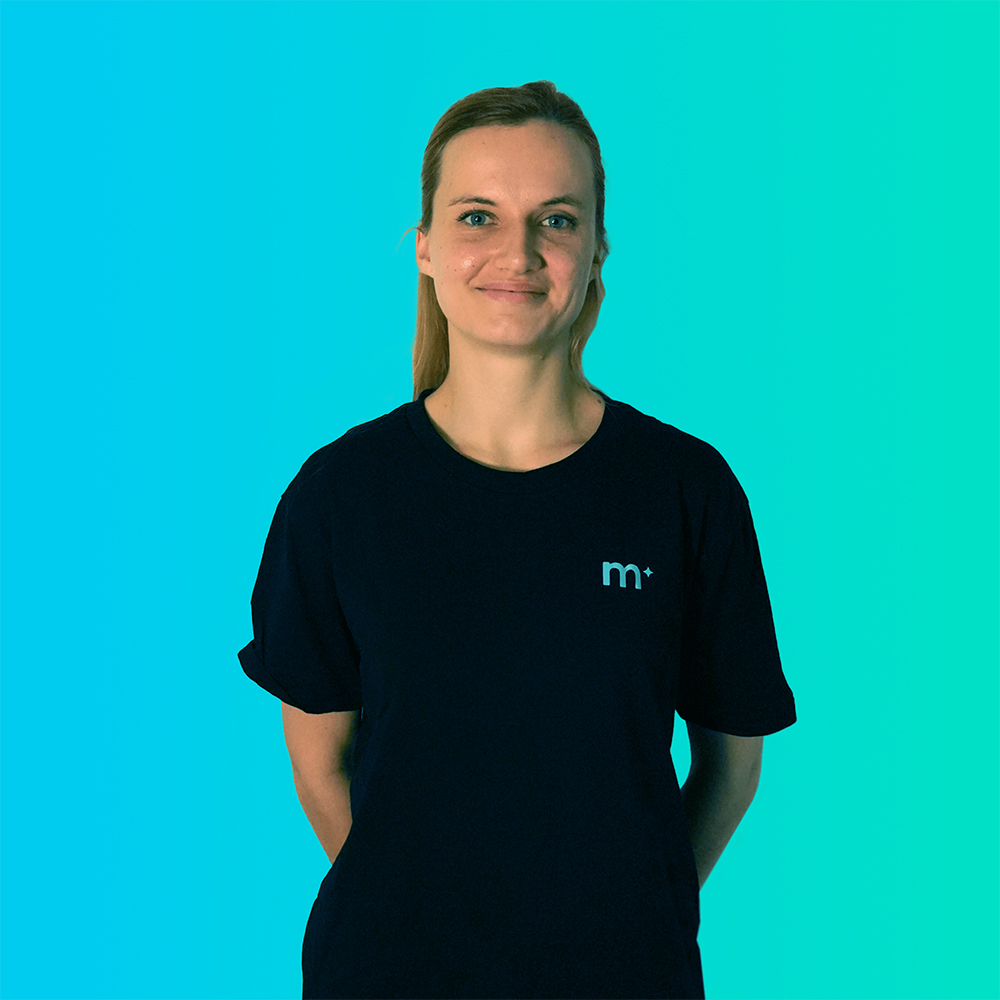The Real Impact of Office Space on Your Business
A few years ago, during the COVID pandemic, Omer and I were building Mindesigns from our own homes in Sydney. Like many entrepreneurs, the uncertainty of the world around us became the push to take action and bring ideas to life. But as we were searching for the average cost of office space, we were hit with a harsh reality: rents were sky-high, lease terms were rigid, and hidden costs added up fast.
That’s when we consider a rapidly evolving city in North Queensland: Cairns. The decision was about affordability in the beginning and the fact that we can work remotely. Later on, we discovered it was also about opportunity.
Moving into a building in Cairns filled with startups changed everything. Suddenly, we were surrounded by innovators and industry leaders. The shift from isolation in small spaces to daily interactions with great professionals was inspirational for us.
After talking to multiple of our clients ranging from solo entrepreneurs hunting for co-working desks to CEOs expanding into prime CBD locations, one thing is clear: the cost of office space in Australia goes beyond the price: it’s about possibilities.
So, what factors shape these costs, and how do they vary across the country? Let us break it down for you.
Co-Working Space Options
With the rise of hybrid work models, co-working spaces for freelancers or smaller teams have become popular alternatives to traditional office leases. Here are the monthly average cost of single-desk workstations in Australia (around 4 square metres for each person) for co-working spaces:
Casual Desks
Also known as Hot Desks, Casual Desks are the most flexible and often most affordable option for individual workers. You’re essentially renting a workspace in a shared area, but you don’t have a designated desk. You might sit at a different desk each day, and it’s often first-come, first-served.
Casual Desks are great for people who need a place to work occasionally, are on a tight budget, or enjoy the flexibility and social aspect of working in a shared environment. Expect basic amenities like Wi-Fi, power outlets, and access to common areas like lounges and kitchens. The average cost of office space in Australia for Casual Desks can be varied, as these spaces are often available on a daily basis for as low as $25 to $40 (depending on the city), but they also offer monthly arrangements.
Dedicated Desks
A dedicated desk gives you a permanent workspace within a shared office.
It’s your own desk where you can leave your things overnight. This offers more stability and routine than a Casual Desk. You’ll typically have a designated desk, chair, and some storage.
Dedicated desks are a good option for freelancers, remote workers, or small business owners who want a consistent workspace and a sense of community but don’t need a private office. Expect similar amenities to hot desks but with the added benefit of a consistent and personal workspace. Dedicated desks are generally rented monthly.
Benefits of co-working spaces
Shared offices offer several advantages for businesses of all sizes. Cost savings are a significant draw, as overhead is lower compared to traditional office rentals, freeing up funds for other priorities. Scalability is another benefit. Businesses can easily adjust their space as needed without being locked into long-term leases.
Shared workspaces also foster valuable networking opportunities, allowing collaboration and knowledge sharing among diverse professionals. Flexible work environments cater to various styles and team dynamics, with options ranging from open desks to private offices and meeting rooms. Plus, access to premium amenities like high-speed internet, printing, and meeting rooms is typically included, providing a professional infrastructure without the associated costs.
Popular providers like WeWork, Hub Australia, and JustCo offer a variety of memberships designed for startups, freelancers, and enterprises. They create spaces that promote productivity, creativity, and collaboration in today’s competitive market.
Average Cost of Office Space in Australia by City
The table below summarises the monthly average cost of office space in Australia for offices around 50-150 square metres in size. Standard office spaces utilise around 4-5 square metres of space per employee, while premium offices utilise around 7-10 square metres per employee, sometimes larger, with extra spaces for meetings, waiting areas, and other living spaces. Sydney and Melbourne continue to be the most expensive, followed by Perth and Brisbane, with Adelaide generally offering more affordable options.
Standard Offices provide functional and well-maintained workspaces in good locations within the CBD. These offices typically offer a range of essential amenities and are suitable for businesses seeking a balance between cost and quality. They represent a practical solution for many companies.
Premium Offices are usually located in prime CBD locations, often in iconic or newly developed buildings. These spaces offer top-tier amenities, including state-of-the-art facilities, stunning views, and high-end fit-outs, and usually include concierge services, gyms, and premium dining options. They cater to businesses seeking a prestigious address and a premium work environment.
Shared Spaces for small teams have flexible options, including coworking spaces and serviced offices. These are ideal for startups, freelancers, and small businesses. These spaces often foster a collaborative and dynamic work environment.
Key Factors Influencing the Average Cost of Office Space in Australia
To create a comfortable office space for employees, business owners like you must consider a few factors. These vary across cities and regions, affecting everything from rental rates to long-term leasing commitments:
Location and accessibility
The average cost of office space in Australia for offices in prime locations, such as central business districts (CBDs), are significantly more expensive than those in suburban areas. Proximity to transport hubs, dining, and commercial amenities also impacts pricing.
Businesses seeking a prestigious address may find that a CBD location boosts their brand image and client perception, making the higher rental costs a worthwhile investment (sometimes facilitated by business loans designed for such purposes). On the other hand, suburban office spaces offer cost savings and easier commuting options for employees, contributing to better work-life balance and job satisfaction.
Office size and layout
Open-plan offices tend to be more cost-effective per square meter compared to traditional, segmented layouts that require more space and infrastructure. Open layouts encourage collaboration, so companies can accommodate more employees in a smaller space.
However, businesses must also consider noise levels, privacy concerns, and the need for designated meeting rooms to maintain productivity. Hybrid office designs that incorporate both open and private workspaces are increasingly popular, offering the best of both worlds.
Building amenities and sustainability features
Buildings with premium amenities, such as high-speed internet, wellness facilities, and energy-efficient systems, often command higher lease prices. Modern businesses place increasing value on sustainability, with features like solar panels, green roofs, and water-saving systems becoming key considerations.
While sustainable buildings may have higher upfront costs (thus increasing the average cost of office space in Australia), they often result in long-term savings on utilities and maintenance, as well as improved employee well-being and corporate social responsibility benefits.
Lease terms
When considering the average cost of office space in Australia, longer leases typically offer lower monthly rates, whereas short-term leases may have higher per-month costs. However, they provide greater adaptability for businesses. Companies experiencing rapid growth or fluctuating workforce sizes may benefit from shorter lease terms, even at a premium, because they allow for quick adjustments to office space needs.
Many landlords are now offering hybrid lease models that blend traditional leasing with coworking-style venues, giving businesses more control over their workspace commitments.
Tips for Choosing the Right Office Space
Choosing the right office space is a critical decision that goes beyond just cost considerations. The right environment can enhance productivity, attract top talent, and support business growth. Here are some key tips to help you select an office space that meets your business needs:
Assess business needs and budget: Consider the required space, team size, expected growth, and financial constraints to ensure long-term sustainability.
Evaluate location priorities: Ensure accessibility for employees and clients while balancing cost, proximity to public transport, and surrounding amenities that could impact business operations.
Balance cost-efficiency with amenities: Determine which features are essential for business productivity, such as high-speed internet, conference rooms, wellness areas, and breakout spaces.
Prioritise employee well-being: Happy employees are productive employees. Prioritise their well-being by considering natural light, comfortable temperatures, ergonomic furniture, and break areas. Investing in employee comfort boosts morale and productivity, often offsetting the cost of a more employee-friendly workspace.
Negotiate lease terms effectively: Look at spaces that can accommodate your future growth. Look at options for lease renewal, clarify rent escalation clauses, and the consider the potential for space customisation. These will prevent costly relocations as your business evolves.
Finding Office Spaces to Level Up Your Business
Renting an office space is not just about cost, it’s about optimising operations, improving collaboration, and boosting productivity. Businesses should explore office solutions that provide adaptability without long-term financial strain.
Navigating office real estate can be complex, but finding the right space is key to business success. Whether you’re looking for a permanent office or a short-term coworking solution, make sure you tailor options to your specific needs and budget.
Additionally, integrate branding and marketing expertise to ensure that your office environment complements your overall business strategy. This will help you attract clients and retain top talent later. Do you need help in elevating your office space to align with your brand? Contact us for a free consultation.
